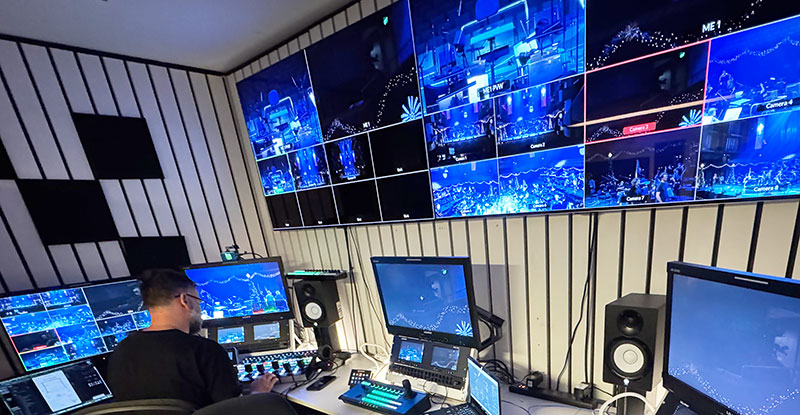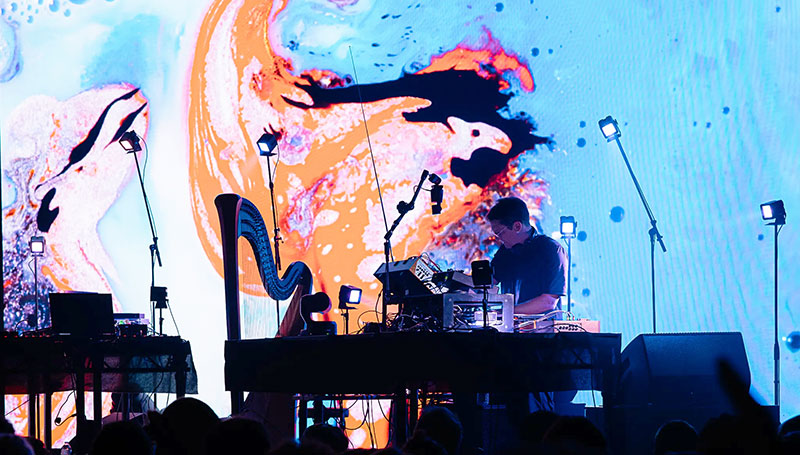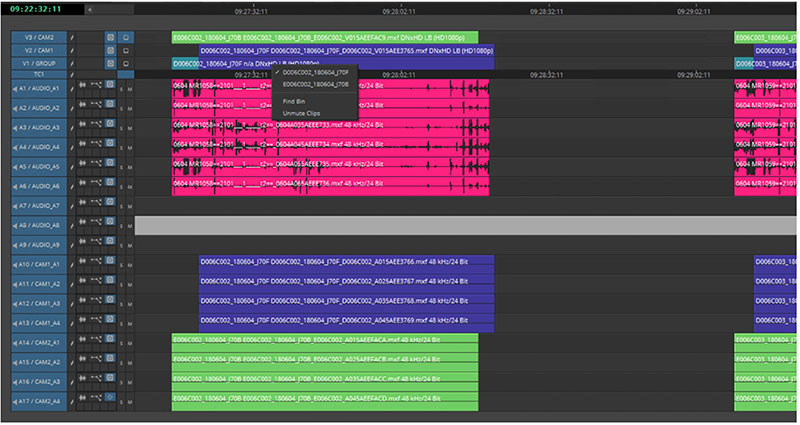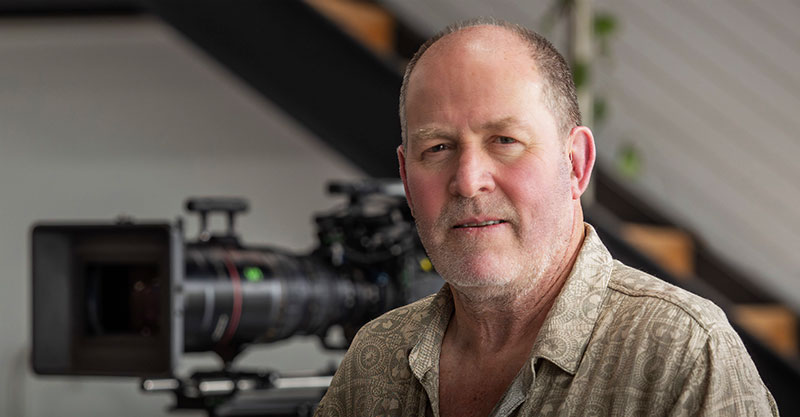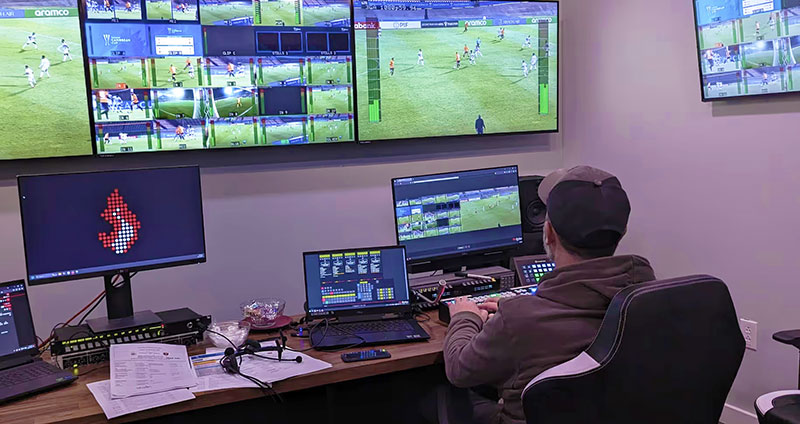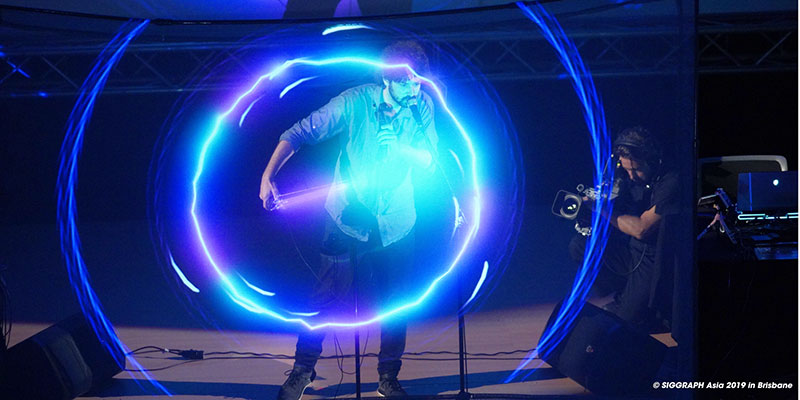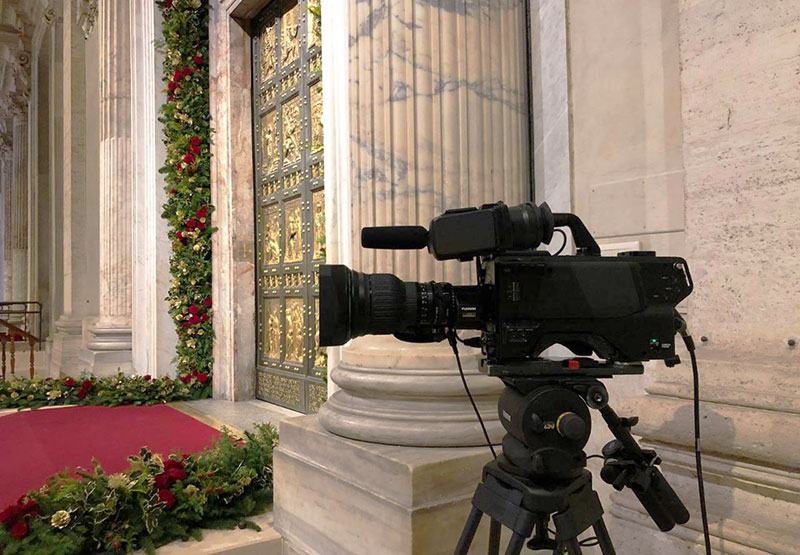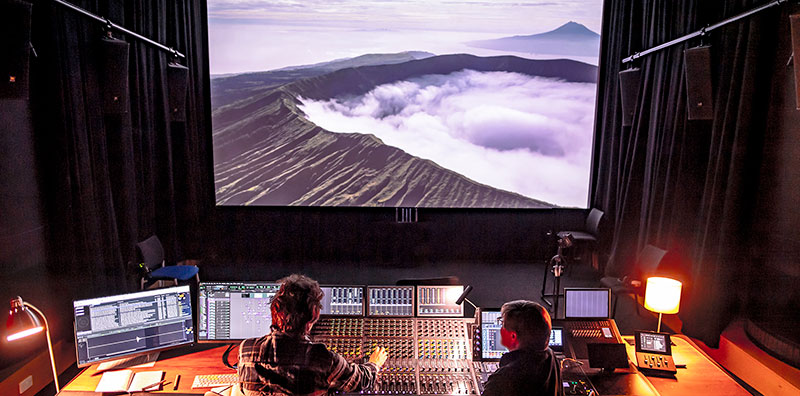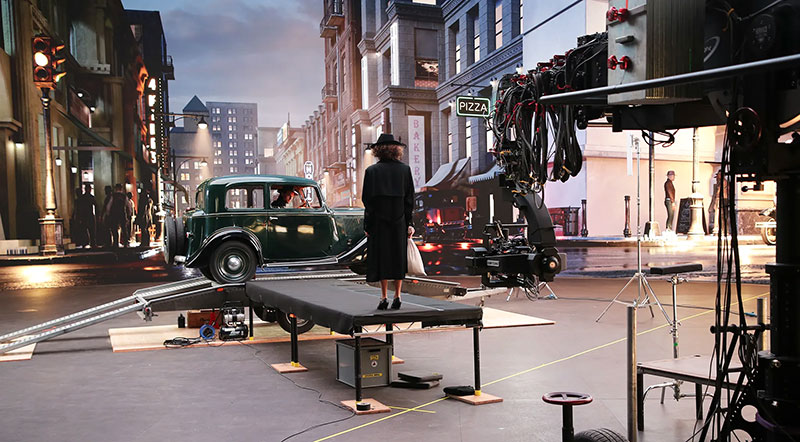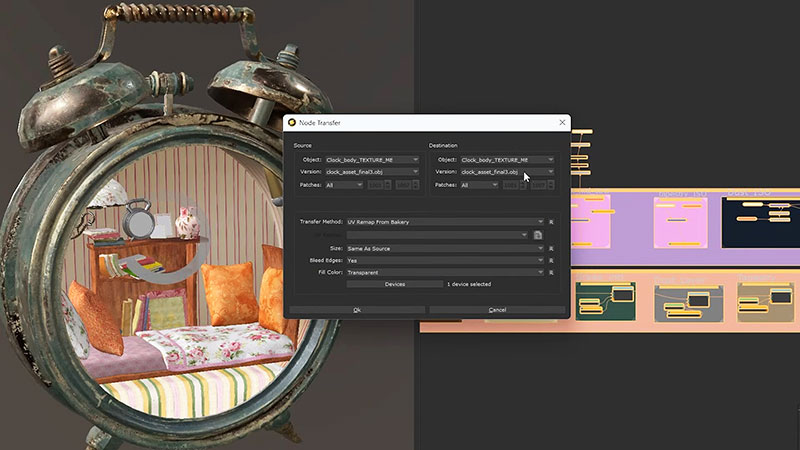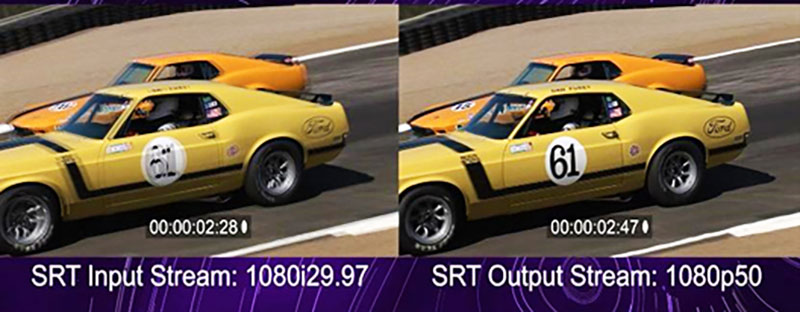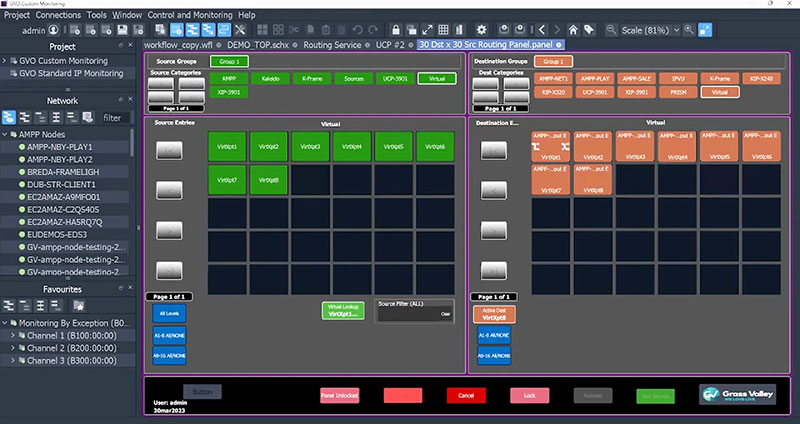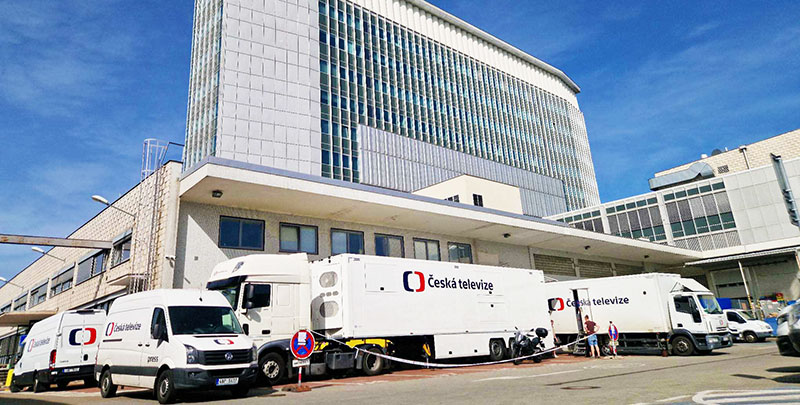Recording entirely with the new Blackmagic URSA Cine Immersive camera, CANAL+ produced a new Apple Immersive sports experience for MotoGP, coming to the Vision Pro in September.
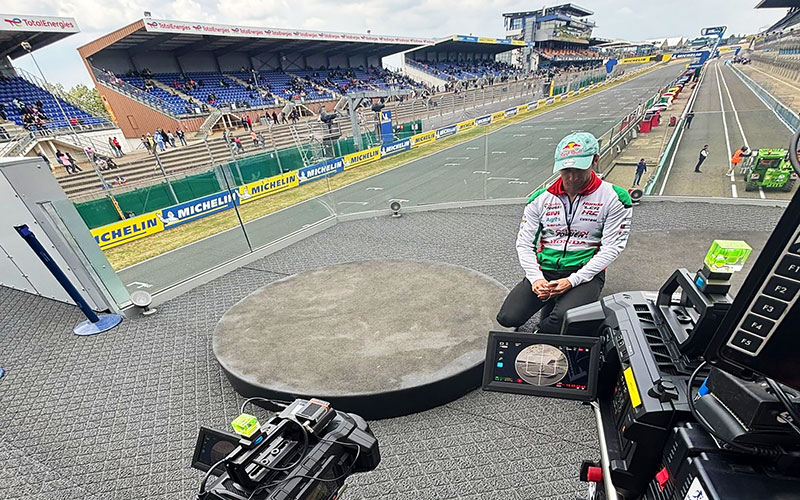
For some time, MotoGP has challenged producers regarding how much their audiences can see and hear on screen. For its new project, CANAL+ captured not just the speed and crescendos but also the quieter moments that define a race weekend. Furthermore, their sports documentary adopted an immersive workflow for capture, post production and, ultimately, viewing on Apple Vision Pro.
Produced in collaboration with MotoGP and Apple, the documentary follows world champion Johann Zarco and his team during their dramatic home victory at the French Grand Prix in Le Mans. It was filmed entirely with the new Blackmagic URSA Cine Immersive camera, and finished in DaVinci Resolve Studio. CANAL+ captured the material using the camera’s dual 8160 x 7200 (58.7 Megapixel) sensors at 90 frames per second. The 3D immersive cinema content was delivered to a single file mixed with Apple Spatial Audio.
The goal of the MotoGP sports experience is to place viewers at the centre of the action, from the pit lane and paddock to the podium. “MotoGP is made for this format,” said Etienne Pidoux at CANAL+. “You feel the raw speed, and you see details you’d otherwise miss on a flat screen. It puts you closer to the machines and the team than ever before.”
Three Times Immersive
To achieve the desired result, CANAL+ deployed three URSA Cine Immersive cameras. “We had two cameras on pedestals and one on a Steadicam,” Pierre Maillat of CANAL+ said. The idea was to be able to swap quickly between Steadicam and fixed setups depending on what was happening in the moment. Etienne found the Steadicam setup especially valuable.
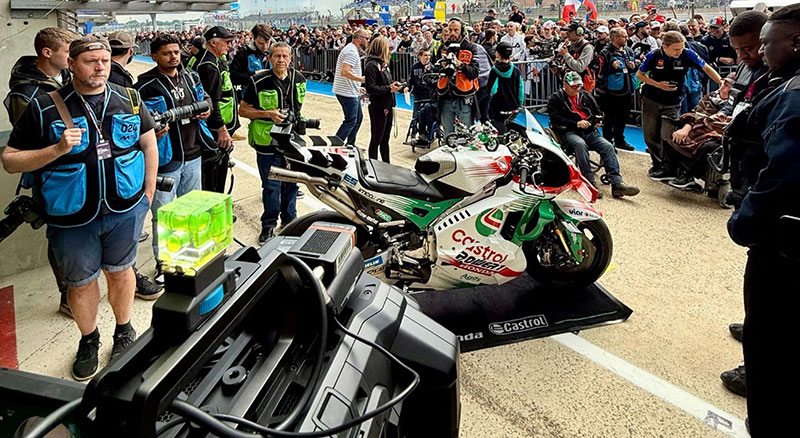
“It made us more reactive in a fast changing environment and gave us more agility while filming,” he said. “Immersive video changes how you shoot. You need to plan more and consequently shoot less, and you must also rethink composition because of the 180 degree view, especially in tight or crowded spaces like the pit lane.
“The lighting inside the team garages was another consideration. We added some extra light to compensate for the 90 fps stereoscopic capture.”
Capturing Sound
Each camera was matched to an ambisonic microphone to capture first order spatial audio, First order ambisonics consists of 4 component channels, one representing an onmi-directional signal (W), and the next three representing the X, Y and Z dimensions of the sound. These ambisonic mics were supplemented by discrete microphones for interviews and other critical sound sources.
Ambisonics recording mics are built of four microphone capsules, close together, that record Ambisonics A-format. The A-format is then transformed to B-format via a matrix to the WXYZ channels. B-format has the advantage of reproducing a complete sphere of sound with only four channels.
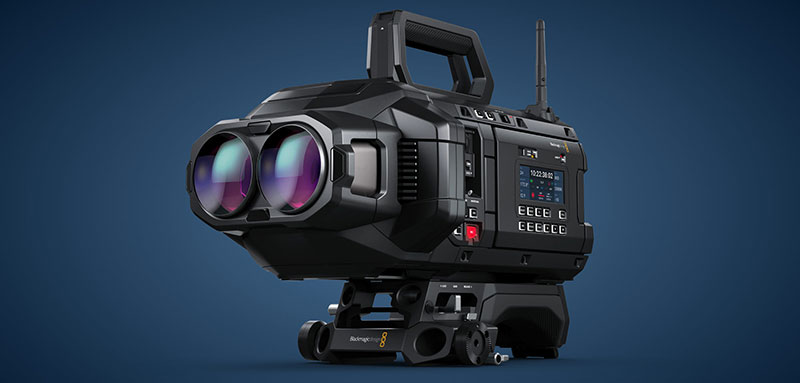
“We recorded in ambisonics Format A for the immersive mix and channel-based for other sources,” Pierre noted. “Everything was timecoded wirelessly and synced on both the cameras and the external recorders.”
Monitoring Shots in Context
A portable production cart with a Mac Studio running DaVinci Resolve Studio, alongside an Apple Vision Pro, was set up trackside to monitor and test shots in context. “This approach allowed us to check the content right after shooting and helped us verify framing while still on location,” said Pierre.
Canal+ had a second Mac Studio running DaVinci Resolve Studio and an Apple Vision Pro set up at the hotel in Le Mans to handle media offload and backups. With 8TB of internal storage, recording directly to the Media Module, the crew could film more than two hours of 8K stereoscopic 3D immersive footage on the track without needing to change cards.
Post production took place in Paris, where Canal+ again used a Mac Studio running DaVinci Resolve Studio for editing, colour grading and audio mixing. Pierre said, “We could even preview the stereoscopic timeline directly in Apple Vision Pro, a key factor for immersive grading.
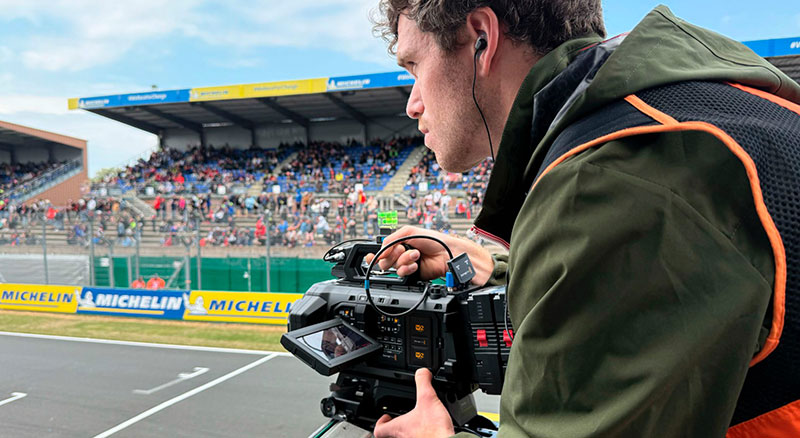
“We could also use DaVinci Resolve Studio’s Fairlight to mix the spatial audio. “Initially, we planned to use a different digital audio workstation (DAW), but the Fairlight page in Resolve Studio was the platform that gave us enough creative flexibility, and deliverables at a high enough quality, for Apple Vision Pro.”
Etienne remarked that by filming with the URSA Cine Immersive camera and viewing in Apple Vision Pro, they found distinctive moments in the footage they might normally have treated as background. “Cleaning the track, helmet close ups, the crowd – they all become part of the experience,” he said.
The MotoGP Apple Immersive sports experience will be available exclusively on the CANAL+ app on Apple Vision Pro starting September 2025. www.blackmagicdesign.com




